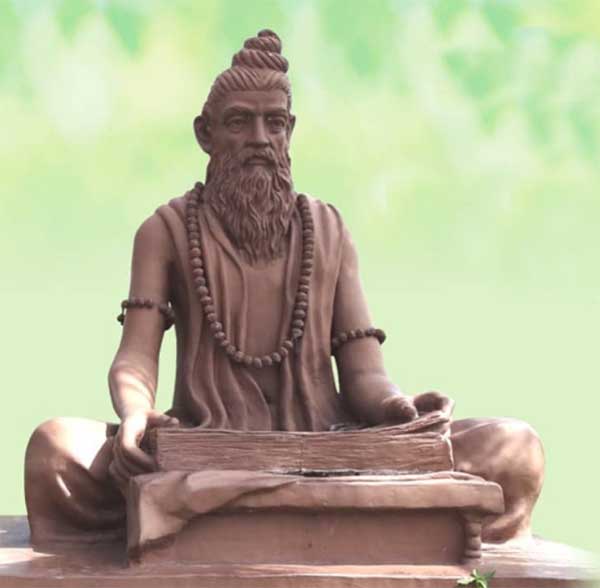About Us
EDUCATION FOR ALL RURAL CHILDREN
Our Beliefs In Holy Hinduism Books

Four Vedas
Hinduism & four Vedas : The Rig Veda, The Samaveda, Yajurveda, Atharvaveda

Temple & Gods
In Hinduism There Is Countless Number of Gods, Lord & Temples In The World

Vedas:
Upanishads:
Bhagavad Gita
Ramayana and Mahabharata :
Puranas:
Dharma Shastras:
Smriti Texts:
Vachanas and Keertanas :
Agamas and Tantras:
Darsanas:
FAMOUS TEMPLES
Ramanathaswamy & Other Temples


FAQ
Get Every Answer And Updates Over Here
Becoming a member of a temple typically involves a formal process of affiliation and participation. The specific requirements and procedures can vary from one temple to another, depending on the temple’s rules, governing body, and religious tradition. Here are some general steps to become a member of a temple:
Choose a Temple: Decide on the temple you wish to become a member of. You may want to select a temple that aligns with your religious or spiritual beliefs and is geographically convenient for you to visit regularly.
Contact the Temple: Reach out to the temple’s administration or office to inquire about their membership process. This can often be done through a phone call, email, or a visit to the temple.
Understand Membership Requirements: Temples may have specific requirements for membership, such as adhering to their religious beliefs, attending temple activities, or making financial contributions. It’s important to understand these requirements before proceeding.
Complete Membership Application: Some temples may require you to fill out a membership application form. This form typically includes personal information and may ask about your reasons for wanting to become a member.
Attend Services and Activities: Participate in the temple’s religious services, rituals, and community activities. This will help you become familiar with the temple’s community and build relationships with its members.
Meet with Temple Officials: You may be required to meet with temple officials, priests, or leaders to discuss your interest in membership. They may want to get to know you better and answer any questions you have about the temple.
Observe a Probationary Period: Some temples may have a probationary period during which you are not a full member but are considered an associate or provisional member. This allows both you and the temple to assess whether the association is a good fit.
Make a Financial Contribution: Many temples rely on the financial support of their members. You may be required to make regular donations or contribute to the temple’s upkeep and activities.
Participate Actively: Actively engage in the temple’s religious and community activities. This demonstrates your commitment to the temple and its values.
Membership Approval: After fulfilling all the requirements and going through any necessary probationary periods, your membership application will be reviewed, and you will be informed of the decision.
Pay Dues or Fees: If your membership is approved, you may be required to pay annual dues or fees to maintain your membership status.
Enjoy Membership Benefits: Once you become a temple member, you may gain access to various benefits, such as priority seating during services, participation in temple events, and a sense of belonging to the temple community.
Hinduism is a diverse and ancient religion with a rich tapestry of beliefs and practices. While the Vedas are considered some of the most ancient and authoritative texts in Hinduism, Hindu beliefs encompass a wide range of ideas, deities, and philosophies. Here are a few key points to consider:
Vedas: The Vedas are a collection of ancient scriptures that are highly revered in Hinduism. There are four Vedas: the Rigveda, Yajurveda, Samaveda, and Atharvaveda. These texts contain hymns, rituals, and philosophical teachings and serve as the foundation of Hindu religious knowledge. However, not all Hindus may engage with the Vedas directly, as they are often studied by scholars, priests, and those with a deep interest in Vedic traditions.
Polytheism: Hinduism is known for its polytheistic nature, meaning it recognizes and venerates a multitude of deities or gods and goddesses. While some deities are considered more prominent, such as Brahma (the creator), Vishnu (the preserver), and Shiva (the destroyer), there are countless other deities, each representing various aspects of life, nature, and the universe. The number of gods and goddesses in Hinduism is often described as “more than a crore” (crore means ten million) to convey the vastness of divine manifestations.
Henotheism and Monism: Hinduism also incorporates concepts of henotheism, where devotees focus on one particular deity while recognizing the existence of others, and monism, which emphasizes the unity of all existence, seeing the divine as ultimately formless and transcending the multiplicity of deities.
Religious Diversity: Hinduism is not a monolithic religion but a diverse tradition that encompasses a wide range of beliefs, practices, and sects. Various denominations and schools of thought within Hinduism may emphasize different deities or philosophical concepts.
Personal Belief: Belief in and devotion to specific deities or philosophical ideas within Hinduism can be highly personal. Individuals may have their own preferences and interpretations of Hindu theology.
Worship and Rituals: Hindu worship practices often involve the offering of prayers, rituals, and offerings to one or more deities. The choice of deity may depend on personal preference, family tradition, or regional customs.









